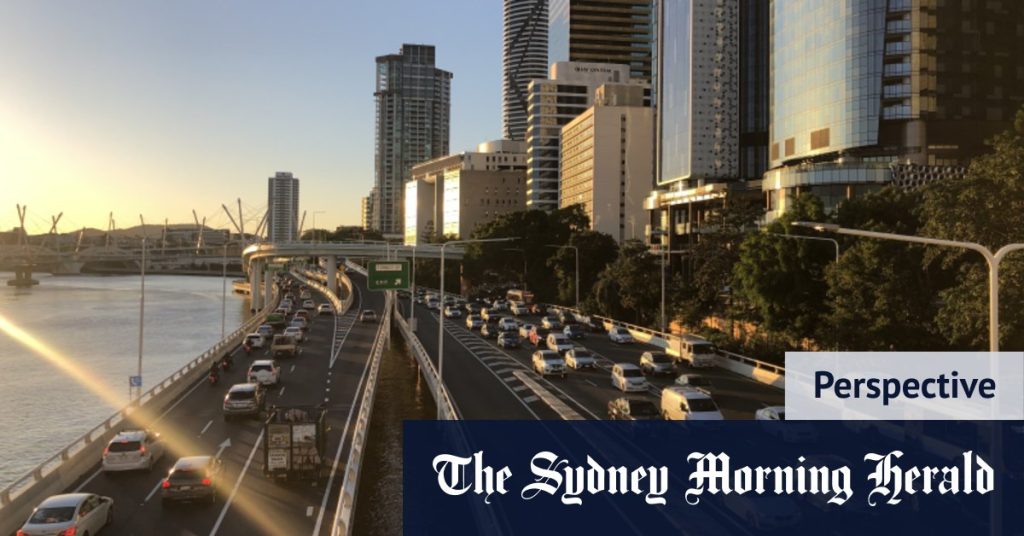Congestion tax, also known as congestion pricing, is a surcharge placed on drivers who commute through traffic-prone areas, such as central business districts. The aim of this tax is to discourage driving and reduce congestion on the roads. It has been implemented in cities like London, Singapore, Stockholm, and more recently, Manhattan in New York City. The Grattan Institute released a discussion paper in 2019 supporting the idea of implementing a congestion charge on motorists driving into Australia’s capital city CBDs. The study concluded that a congestion tax could be a realistic option for Sydney and Melbourne within the next decade. However, Brisbane was not included in this study.
The concept of a congestion tax in Brisbane has been discussed in the past, with the most recent proposal dating back to 2011. Professor Matthew Burke, the deputy director of Griffith University’s Cities Research Institute, believes that Australia as a whole is behind on the road-pricing agenda. He supports the idea of a congestion tax in Brisbane, especially with the increasing number of electric vehicles on the market. As an EV owner, he points out that he does not pay fuel tax and therefore does not contribute to funding the national highway system.
The implementation of a congestion tax can vary depending on the city. London, for example, charges drivers a flat rate of £11.50 (approximately $A20) to enter the downtown core on weekdays between 7am and 6pm. Paris is taking it a step further by implementing a Zone à Trafic Limité (Limited Traffic Zone) that bans private cars from driving into the central arrondissements if their final destination is outside the zone. Certain vehicles, such as those belonging to people with disabilities, buses, taxis, and emergency services, are exempt from this restriction.
In Brisbane, there is a push to disincentivize inner-city driving. Rob Lucas of urbanism collective Greater Brisbane supports the idea of creating a “car-free CBD” by the Brisbane 2032 Olympic Games. This would involve reclaiming space in the city currently occupied by roads and private drivers for pedestrian and community use. Lucas acknowledges the challenges associated with this idea, such as ensuring goods and services can still be delivered throughout the city and balancing public transport availability.
Critics of congestion pricing point out its potential impact on low-income earners, people with limited access to public transport, and those with accessibility challenges. These groups would need to be considered if a congestion tax were to be introduced. However, the revenue generated from the tax could be reinvested into improving public and active transport infrastructure, as well as creating more pedestrian-friendly streets. While there may be political and practical challenges in implementing a congestion tax, it has the potential to reduce congestion and promote the use of public transport in urban areas.


